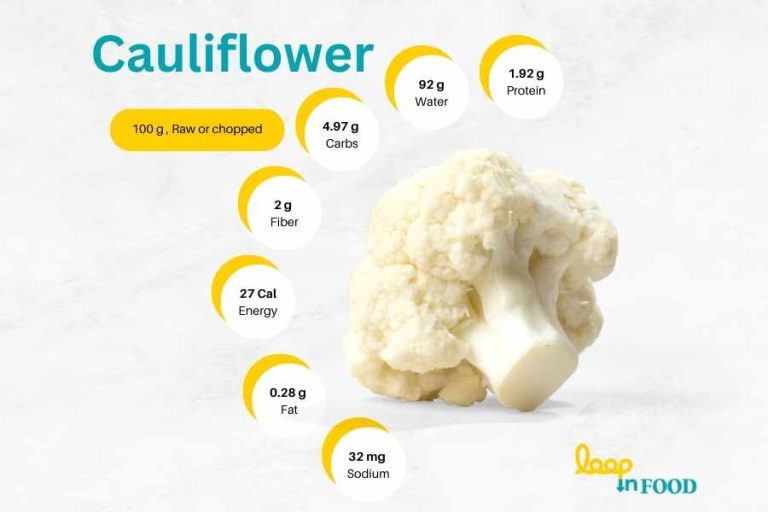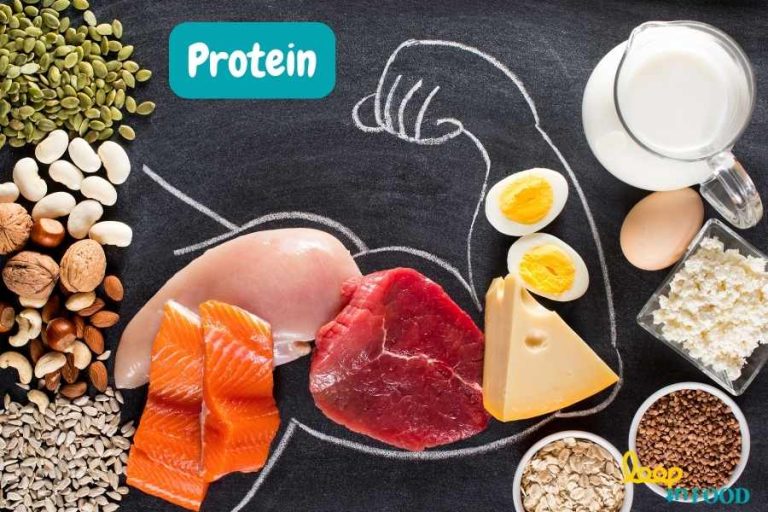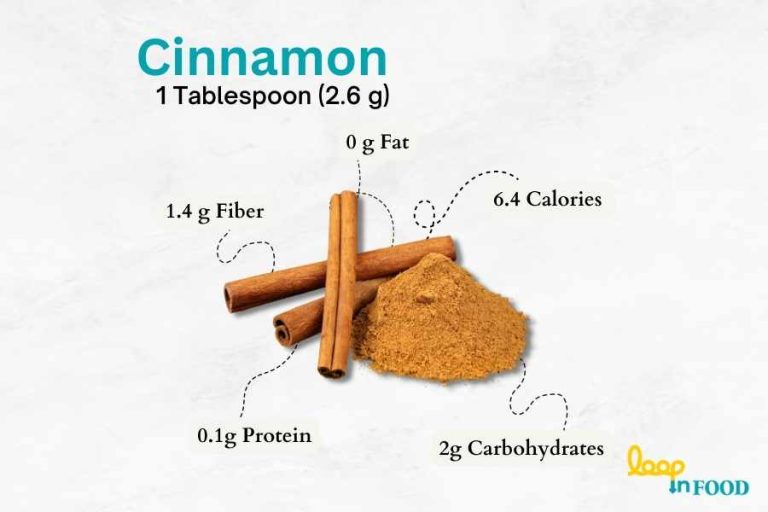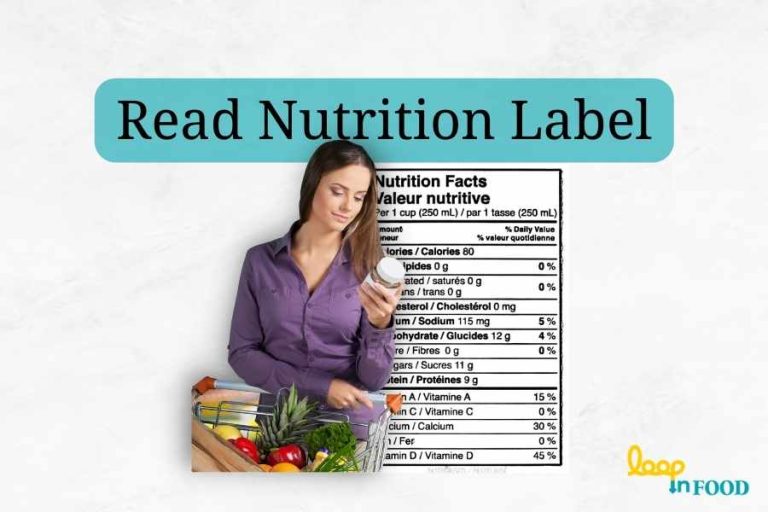How many Essential Amino acid are there?

Protein is a macro-nutrient and it is made up of small subunits called amino acids. Quality of protein depends upon the type of amino acids it contains. Different foods contain different amino acids. Our body can synthesize some of them which are called non-essential amino acids. However, some amino acids should must be consumed by the foods. These are known as Essential amino acids. How many essential amino acid are there, the answer is 9. We have discussed all types of them below
What are Amino Acids?
By definition: Amino acids are those molecules which combine together and form protein.
Protein make almost every part of your body, including skin, hair, bone muscle. Different amino acids combine in different proportion to make each part different. They usually combine in long chains and each chain has hundred of amino acids join together.
who tells them their combination? Our genes has the key to control which amino acid will come after another determining the destiny of our body. There specific combination determine their structure and function of each protein.
Amino acid Types
There are three main types of Amino Acids
- Essential Amino Acids
- Non-Essential Amino Acids
- Conditional Amino Acids
The basic 20 types of Amino acids that our body uses to create protein are below:
- Glutamic Acid
- Asparagine
- Arginine
- Alanine
- Glutamine
- Aspartic Acid
- Glycine
- Cysteine
- Serine
- Isoleucine
- Lysine
- Proline
- Methionine
- Histidine
- Phenylalanine
- Valine
- Leucine
- Tyrosine
- Tryptophan
- Threonine
How many essential amino acid are there?
Our body can not synthesize essential amino acids. We must have to take it from food source.
There are total 9 essential amino acids:
- Valine
- Isoleucine
- Lysine
- Methionine
- Leucine
- Phenylalanine
- Histidine
- Threonine
- Tryptophan
Essential Amino acids in food
Here we will discuss all essential amino acids one by one.
Valine
By structure, it is one of the three branched chain Amino acids. It is non-polar, which means it is best absorbed in oil. It actually helps stimulate muscle regeneration or growth. It also involves energy production. Food Source: Fish, meat, cheese, soy & vegetables. (1)
Isoleucine
It helps in wound healing, stimulating immune functions & promote the secretion of several hormones. It is essential in hemoglobin formation, blood sugar, and energy level regulation. In humans, it is especially found in muscle tissues. Its deficiency is marked as muscle tremors. Food Sources: meat, cheese, fish, eggs, nuts, and most seeds. (2)
Lysine
It helps absorb calcium, and production of enzymes and hormones. It is also mandatory for immune function, energy production, and the production of elastin and collagen. Food Source: Cottage cheese, wheat germ & Chicken. In fruits and vegetables, little lysine is present except in avocados. (3)
Methionine
This sulphur-containing amino acid is important in detoxification and metabolism. It improves the tone and pliability of skin and strengthens hair and nails. It is mandatory for the growth of tissues and helps absorb certain minerals like selenium and zinc. It reduces liver fat and also helps the kidneys. Food Source: It can be found naturally in foods like soybean, lettuce, beans, fish, milk, cheese, eggs, apples, tomatoes, potatoes, wheat, rice, and maize, etc. (4)
Leucine
It is essential in controlling blood sugar levels, repair of muscles and bone tissues, promoting wound healing, and producing growth hormones. Food Source: Salmon, egg, chickpeas, soybean, nuts, beef, etc. (
Phenylalanine
Your body convert this amino acid into tyrosine, which helps manufacture neurotransmitter of happiness (Dopamine, norepinephrine & epinephrine). It plays vital role in structure and function of other proteins and enzymes. Food Source: Milk, beef, pork, lamb, chicken, eggs, etc. (6)
Histidine
Your body need this amino acid to produce Histamine (a neurotransmitter) which is essential for immune response, sexual functions, digestion & sleep-wake cycles. It also helps in maintaining myeline sheath, which is a protective barrier around your nerve cells. (7)
Threonine
It is basic part of structural proteins, like elastin and collagen. These proteins are vital component of your skin and connective tissues. It also play vital role in fat metabolism and immune system functioning. Food Source: lean beef, lamb, pork etc. gelatin, collagen, tofu, sunflower seeds, flaxseeds etc. (8)
Tryptophan
Tryptophan is linked with drowsiness, it is also a precursor of serotonin (neurotransmitter that control your mood, appetite, sleep etc.) Food Source: This amino acid is naturally present in meat, dairy products, fish, brown rice & soybeans. (9)
Non-Essential Amino Acids
Human body can make these amino acids on its own. We do not need to take it or worry about it. These are 11 amino acids list down below.
- Asparagine
- Alanine
- Cysteine
- Glutamic Acid
- Arginine
- Glutamine
- Glycine
- Proline
- Tyrosine
- Serine
- Aspartic Acid
Conditional Amino Acids
These are non-essential amino acids. which we already discussed above. But our body need them to in case of illness or stress. These are mentioned below:
- Glutamine
- Trosine
- Glycine
- Serine
- Proline
- Arginine
- Cysteine
- Ornithine
We should try to consume these amino acids over whole day diet. It is not necessary to consume them in every meal. Animal diet contain more of Essential amino acids rather than only plant based. You can check protein profile of every item on Nutrition Facts.
Where does amino acid comes from?
Plants make amino acids in their process of making food from sunlight (Photosynthesis). Animals can not make their own amino acids so they must rely on plants or other animals.
Most plants contain very low amounts of essential amino acids. Animals like ruminants eat plants in a large amount and extract all amino acid, so there body collect and utilize amino acids from different plants.






